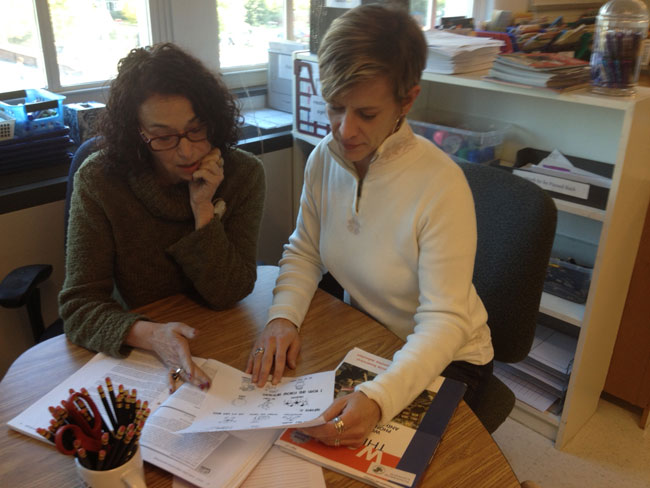 Phonics? Phoneme? Phonemic Awareness? These are words that are constantly thrown around almost interchangeably in the education world, but many parents do not know the difference between these words or even their true meaning. So what is “phonics” and why is it important? More importantly, why do parents need to know more than just the 26 letters of the alphabet?
Phonics? Phoneme? Phonemic Awareness? These are words that are constantly thrown around almost interchangeably in the education world, but many parents do not know the difference between these words or even their true meaning. So what is “phonics” and why is it important? More importantly, why do parents need to know more than just the 26 letters of the alphabet?
Put simply, phonics is the association between letters and sounds. This is not to be confused with the term “phonetics,” which is the scientific study of the speech and sound system of a language. Phonology is the sound structure of a language and phonological awareness is the understanding of word and symbol boundaries in spoken language. In other words, it is more language specific than phonics. A phoneme is each individual sound in a word. This is not only limited to letters, but also blends and digraphs such as “ph” or “ch.” Although opinions may differ, there are generally accepted to be forty phonemes in the English language.
The idea of focusing on sounds over letters has become very popular with literacy educators over the past 50-100 years. When teaching reading and writing, educators now focus on phonemic awareness, or the understanding that speech is composed of a series of sounds, and that every word contains individual phonemes. This has become popular because it focuses on the relationship and sound instead of memorization of letters. It builds a foundation that allows the student to apply the concepts in the future. This idea of constructing understanding has been surging in progressive education today.
More than anything, parents and educators must communicate with each other. They must be on the same page and use language that both parties understand. Pedagogy is a science and as with all sciences, there is a lexicon. While parents are ideally very involved in the teaching process, this “language barrier” is often overlooked, resulting in frustrated parents and teachers. It is important for families and schools to sit down together and make sure they understand one another on all levels before children are too far into the education process. Parents may have some sort of idea of the true definition of phonics, but only when they truly and fully understand what we as educators are doing, can they be active participants in the lessons.
English phonemes (40) include:
[b]-big
[C]-chip
[d]-door
[D]-then
[f]-fish
[g]-goat
[h]-house
[j]-jack
[k]-cat, kit
[l]-lamp
[m]-map
[n]-near
[N]-sing
[p]-pear
[r]-road
[s]-state
[S]-sheep
[t]-truck
[v]-vent
[w]-wet
[y]-yet
[z]-zoo
[Z]-genre, vision, measure
[a]-cat
[e]-set
[i]-sit
[o]-corn, fork, four
[u]-cut, stuck, struck, front
[A]-plate
[E]-meet
[I]-fight
[O]-boat
[jU]-mute
[oo]-wood
[U]-food
[ou]-loud
[oi]-void
[A:]-shot, caught, father, balm, talk, tall, law, slaw, follow, dollar, car, hard, part, sharp
[3r’]-bird, word, burn, fern
[..]-arrest, again, away, afire
[..r’]-center, theater, realtor, inventor
By David Dickerman, Reading Specialist
 Today’s successful reader must demonstrate “thoughtful literacy.” Thoughtful literacy, according to
Today’s successful reader must demonstrate “thoughtful literacy.” Thoughtful literacy, according to  Before she was a psychology professor,
Before she was a psychology professor,  In his book,
In his book,